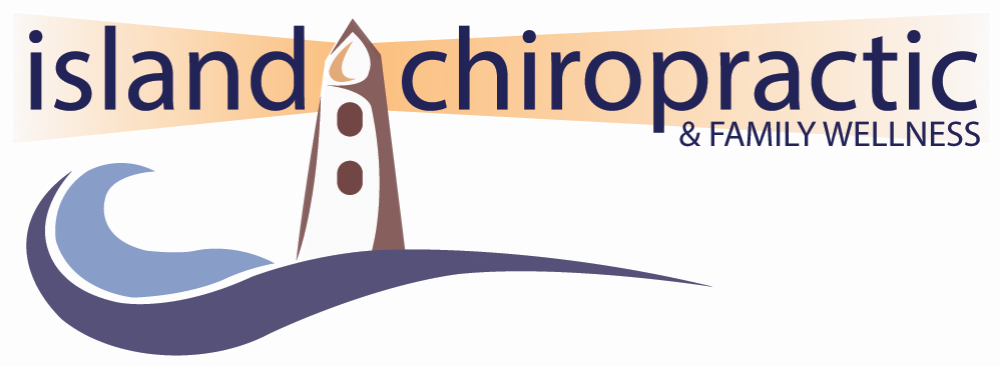Between 4-14% of the population is estimated to experience Restless legs syndrome (RLS). RLS is a hyperkinetic movement disorder, sometimes leading to insomnia, which eventually impacts overall quality of life. Common symptoms can include:
paresthesia (abnormal sensation of the skin for no apparent reason)
urge to move their limbs (usually lower limbs)
mood swings
anxiety
depression and higher risk fo self-harm and suicide
Currently there is no known explanation for idiopathic RLS and no known cure. Pregnancy is regarded as a common cause of RLS. The prevalence of RLS during pregnancy is 2 to 3 times higher than in the general population and is considered the most common movement disorder during pregnancy. Medications are also known to cause RLS in certain individuals.
Treatment research is focusing on on ways to reduce symptoms and improve sleep quality. Mild to moderate RLS commonly is managed through lifestyle changes aimed at addressing modifiable risk factors such as obesity, physical activity, and smoking. Pharmacological treatments have demonstrated short-term symptom relief, but long-term use may result in worsening side effects, such as around-the-clock restlessness and decreased drug efficacy.
Management of Restless Leg Syndrome
Exercise, yoga, stretching - aerobic resistance training, stretching and yoga were found to be beneficial in the treatment of RLS, however more research is required.
Manual Therapy - foot massage was found helpful, but outcomes were no different when compared to a stretching routine.
Acupuncture - a small study found acupuncture to be beneficial for RLS.
Cryotherapy - segmental cold therapy was not found to be helpful, but there is promising evidence that supports whole body cryotherapy (cold showers/baths).
Vibration therapy - whole body vibration is believed to increase blood flow which is believes to be beneficial in the treatment of RLS.
Supplements - Vitamin D, Iron (consult with your doctor before starting iron supplementation as there could be underlying causes of low iron levels)
If you feel like RLS is impacting your life. We can do an assessment and try some of the above strategies with you.
None of the information provided on this website should be substituted for medical evaluation, diagnosis, or treatment from a licensed healthcare practitioner. We would be happy to discuss your situation with you one on one to determine what’s best for your situation.
References:
Ohayon MM, O’Hara R, Vitiello MV. Epidemiology of restless legs syndrome: a synthesis of the literature. Sleep Med Rev 2012; 16(4): 283-295.
Abetz L, Allen R, Follet A, et al. Evaluating the quality of life of patients with restless legs syndrome. Clin Ther 2004; 26(6): 925-935.
Jankovic J. Treatment of hyperkinetic movement disorders. Lancet Neurol 2009; 8(9): 844-856.
Merlino G, Serafini A, Robiony F, et al. Restless legs syndrome: differential diagnosis and management with rotigotine. Neuropsychiatr Dis Treat 2009; 5(1): 67-80.
Svetel MV, Jovic JS, Pekmezovic TD, et al. Quality of life in patients with primary restless leg syndrome: community-based study. Neurol Sci 2015; 36(8): 1345-1351
Batool-Anwar S, Li Y, De Vito K, et al. Lifestyle factors and risk of restless legs syndrome: prospective cohort study. J Clin Sleep Med 2016; 12(2): 187-194.
Garcia-Borreguero D, Ferini-Strambi L, Kohnen R, et al. European guidelines on management of restless legs syndrome: report of a joint task force by the European Federation of Neurological Societies, the European Neurological Society and the European Sleep Research Society. Eur J Neurol 2012; 19(11): 1385-1396.
Mackie S, Winkelman JW. Long-term treatment of restless legs syndrome (RLS): an approach to management of worsening symptoms, loss of efficacy, and augmentation. CNS Drugs 2015; 29(5): 351-357.
Hening W. The clinical neurophysiology of the restless legs syndrome and periodic limb movements. Part I: diagnosis, assessment, and characterization. Clin Neurophysiol 2004; 115(9): 1965-1974.
Shahgholian N, Jazi SK, Karimian J, et al. The effects of two methods of reflexology and stretching exercises on the severity of restless leg syndrome among hemodialysis patients. Iran J Nurs Midwifery Res 2016; 21(3): 219-224.
Pan W, Wang M, Li M, et al. Actigraph evaluation of acupuncture for treating restless legs syndrome. Evid Based Complement Alternat Med 2015; 2015: 343201.
Mitchell UH, Hilton SC, Hunsaker E, et al. Decreased symptoms without augmented skin blood flow in subjects with RLS/WED after vibration treatment. J Clin Sleep Med 2016; 12(7): 947-952.
Siraj W, Afnan S, et al. The effect of vitamin D supplements on the severity of restless legs syndrome. Sleep and Breathing 2015(19); 579-583.
Avni T, Reich S, Lev N et al. Iron supplementation for restless legs syndrome - A systematic review and meta-analysis. European Journal of Internal Medicine 2019(63) 34-41.

